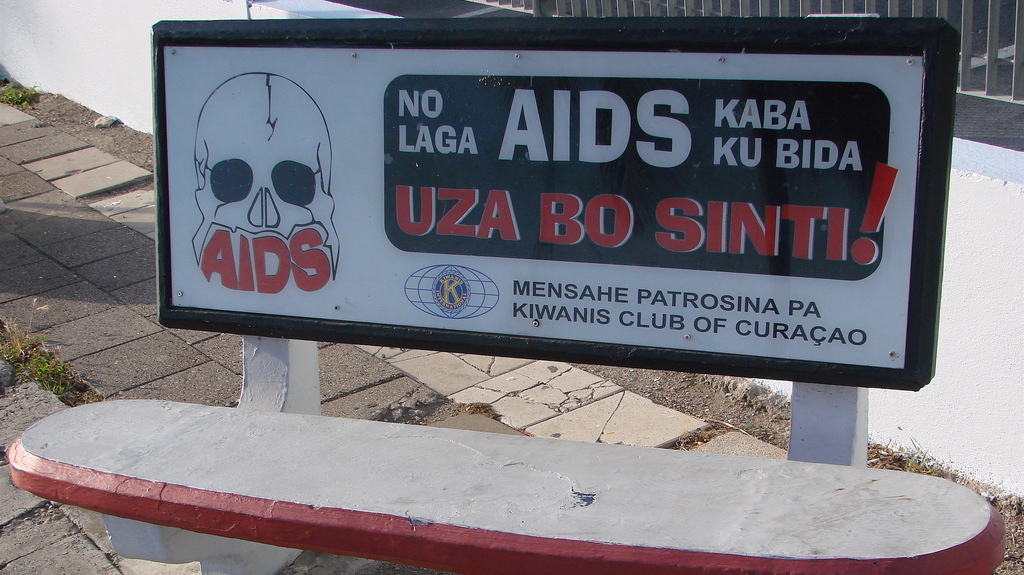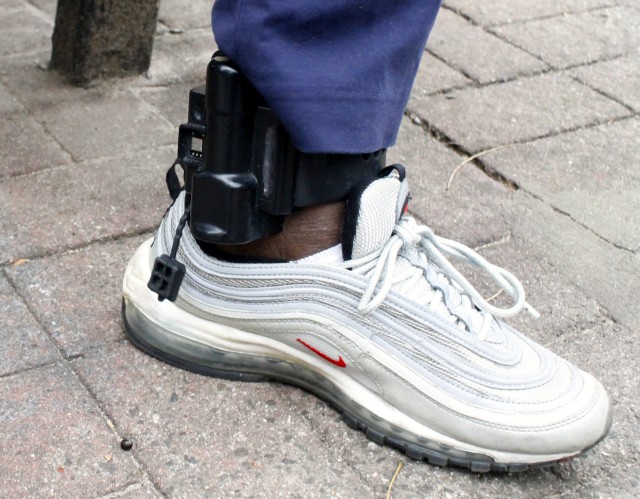
Caribbean, Dispatches, Haiti
Lofty Goals and a Long Way to Go; Sex Work and HIV Remain Steady in the Caribbean
December 15, 2009 By Rachel Brooks-Ames
NEW YORK — The going rate for unprotected sex with a prostitute in Haiti’s urban centers was less than one U.S. dollar in 2001, says an article posted by the Caribbean Association for Feminist Research and Action (CAFRA).
In the same year, The United Nations Development Fund for Women (UNIFEM), posed the question, “If women had control over their bodies and were able to negotiate safe sex, would the HIV/AIDS epidemic have reached such vast proportions?”
Even though HIV/AIDS has been part of the general social consciousness for well over two decades at this point, stigmas remain widespread.
Female sex workers across the globe have been a high-risk group since the onset of the AIDS epidemic in the 1980’s due to their high numbers of sexual partners and continue to be the group most afflicted by the virus in the Caribbean. UNIFEM reports that young women, ages 15-24 are significantly more likely to be infected with HIV than their male counterparts.
“After 27 years of its existence in the Caribbean, the epidemic is challenging our basic way of life: family, society, community and workplace,” said H. E. Edwin Carrington, Secretary General of the Caribbean at the launch of UNAIDS 2008 Global Report.
While there are a number of reasons for HIV/AIDS prevalence among young heterosexual women and sex workers, UNIFEM has asserted for several years now that one of the biggest contributing factors is violence against women and unbalanced power relations between men and women.
“Violence against women is both a cause and consequence of HIV/AIDS,” said Joanne Sandler, Deputy Executive Director of UNIFEM.
Women are more vulnerable to HIV infection than men due to their social, economic, and emotional dependence on men. These factors can make it difficult for women refuse unsafe sex, according to UNIFEM.
“When I want to use a condom, the men always shout that they won’t pay,” said a Haitian sex worker in an account on CAFRA’s Web site.
Unsafe sex remains a big problem in the Caribbean, although UNAIDS reports that there has been an increase in protected sex among Caribbean sex workers.
However, the rate of HIV/AIDS infection is still high within this group, with sex workers having anywhere between a 9 percent infection rate in Jamaica to a 31 percent infection rate in Guyana. These numbers do not account for areas where data was unavailable.
Even though condom use seems to have increased in urban and tourist centers, safe sex in rural areas is less common. In Haiti, only 16 percent of women and 31 percent of men reported using condoms during recent casual sex, according to a UNAIDS report.
And this aside, UNIFEM says that condom use alone is not enough to combat the AIDS epidemic anyway. The organization continues to advocate that for HIV/AIDS to be effectively suppressed, unequal power relations between Caribbean men and women must be addressed as well.
“We are trying to contextualize sex work within the gender equality framework so that the responses can be much more profound and human rights based,” said Roberta Clark, Regional Programme Director of UNIFEM.
It’s crucial to address cultural norms related to gender that make Caribbean women and girls more vulnerable to HIV, according to the Pancaribbean Partnership against HIV/AIDS.
Yet despite the prevalence of violence against women in the Caribbean, and the role it plays in sex work and transmission of HIV/AIDS, discussion remains overall infrequent and the successes of initiatives are limited, according to UNIFEM.
“We found ourselves doing this work in response to a very limited discussion on sex work in the context of HIV, all very much related to securing condom use,” Clark said.
While UNIFEM works on the empowerment of women, the focus of other groups seems to remain primarily on safe sex.
“UNAIDS is providing technical support to PANCAP for a World Bank funded Vulnerable Groups initiative, which focuses on HIV prevention amongst sex workers,” said Aurora Noguera-Ramkissoon, PANCAP Project Officer in Trinidad and Tobago, “Regionally, a priority has been put on addressing HIV transmission amongst most at risk populations and in particular, sex workers.”
But while PANCAP and UNAIDS work on safe sex initiatives, UNIFEM intends to work towards a more abstract goal.
“Sex workers should be an integral part of the process of defining legal and social policy,” according to one of the recommendations in UNIFEM’s 2009 policy considerations.
However, in late 2008, the Caribbean Media Corporation reported that a St. Lucia women’s group had noticed vast increases in the number of women turning to sex work in the face of inflation and rising food prices. While international organizations grapple for a solution, the cycle continues.




